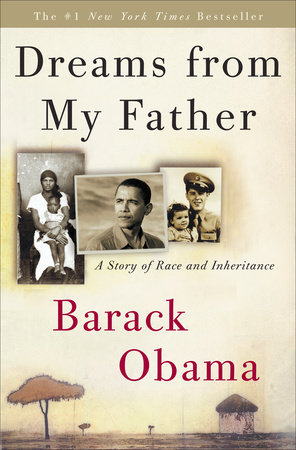Black? White? Asian? More Young Americans Choose All of the Above
The New York Times
2011-01-29
Susan Saulny, National Correspondent
Race Remixed: A New Sense of Identity. Articles in this series will explore the growing number of mixed-race Americans.
COLLEGE PARK, Md.—In another time or place, the game of “What Are You?” that was played one night last fall at the University of Maryland might have been mean, or menacing: Laura Wood’s peers were picking apart her every feature in an effort to guess her race.
“How many mixtures do you have?” one young man asked above the chatter of about 50 students. With her tan skin and curly brown hair, Ms. Wood’s ancestry could have spanned the globe.
“I’m mixed with two things,” she said politely.
“Are you mulatto?” asked Paul Skym, another student, using a word once tinged with shame that is enjoying a comeback in some young circles. When Ms. Wood confirmed that she is indeed black and white, Mr. Skym, who is Asian and white, boasted, “Now that’s what I’m talking about!” in affirmation of their mutual mixed lineage.
Then the group of friends—formally, the Multiracial and Biracial Student Association—erupted into laughter and cheers, a routine show of their mixed-race pride.
The crop of students moving through college right now includes the largest group of mixed-race people ever to come of age in the United States, and they are only the vanguard: the country is in the midst of a demographic shift driven by immigration and intermarriage…
…No one knows quite how the growth of the multiracial population will change the country. Optimists say the blending of the races is a step toward transcending race, to a place where America is free of bigotry, prejudice and programs like affirmative action.
Pessimists say that a more powerful multiracial movement will lead to more stratification and come at the expense of the number and influence of other minority groups, particularly African-Americans.
And some sociologists say that grouping all multiracial people together glosses over differences in circumstances between someone who is, say, black and Latino, and someone who is Asian and white. (Among interracial couples, white-Asian pairings tend to be better educated and have higher incomes, according to Reynolds Farley, a professor emeritus at the University of Michigan.)
Along those lines, it is telling that the rates of intermarriage are lowest between blacks and whites, indicative of the enduring economic and social distance between them.
Prof. Rainier Spencer, director of the Afro-American Studies Program at the University of Nevada, Las Vegas, and the author of “Reproducing Race: The Paradox of Generation Mix,” says he believes that there is too much “emotional investment” in the notion of multiracialism as a panacea for the nation’s age-old divisions. “The mixed-race identity is not a transcendence of race, it’s a new tribe,” he said. “A new Balkanization of race.”…
…The Way We Were
Americans mostly think of themselves in singular racial terms. Witness President Obama’s answer to the race question on the 2010 census: Although his mother was white and his father was black, Mr. Obama checked only one box, black, even though he could have checked both races.
Some proportion of the country’s population has been mixed-race since the first white settlers had children with Native Americans. What has changed is how mixed-race Americans are defined and counted…
Read the entire article here.
